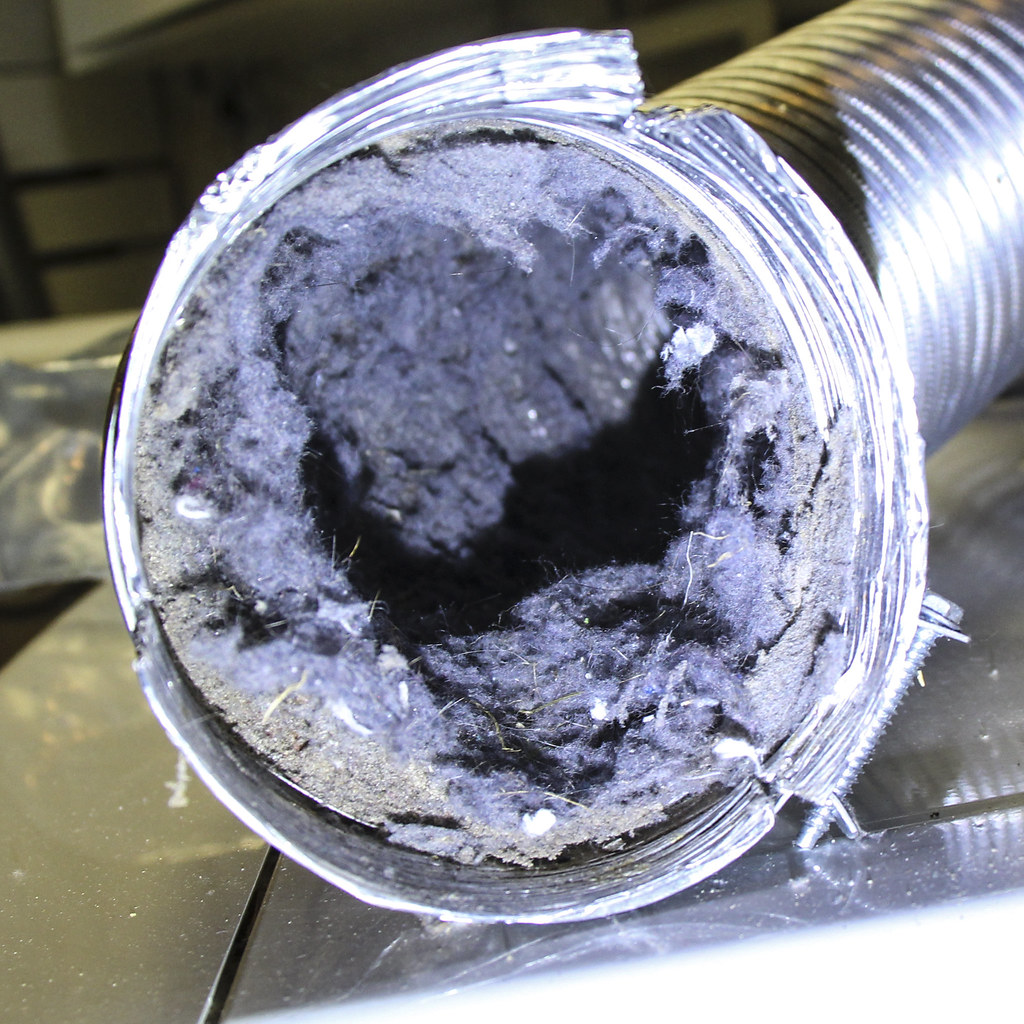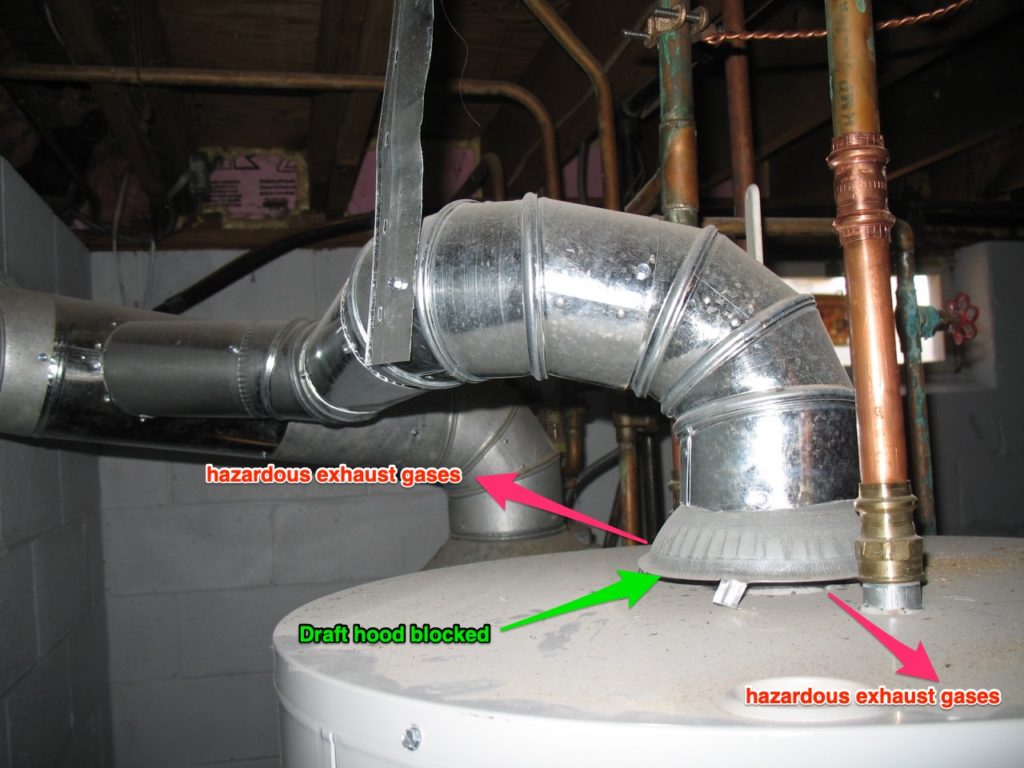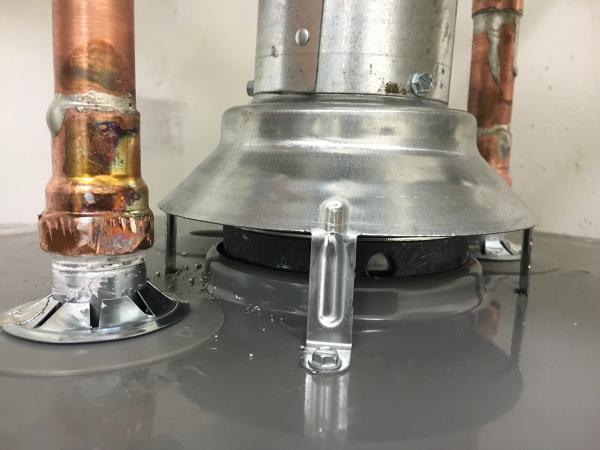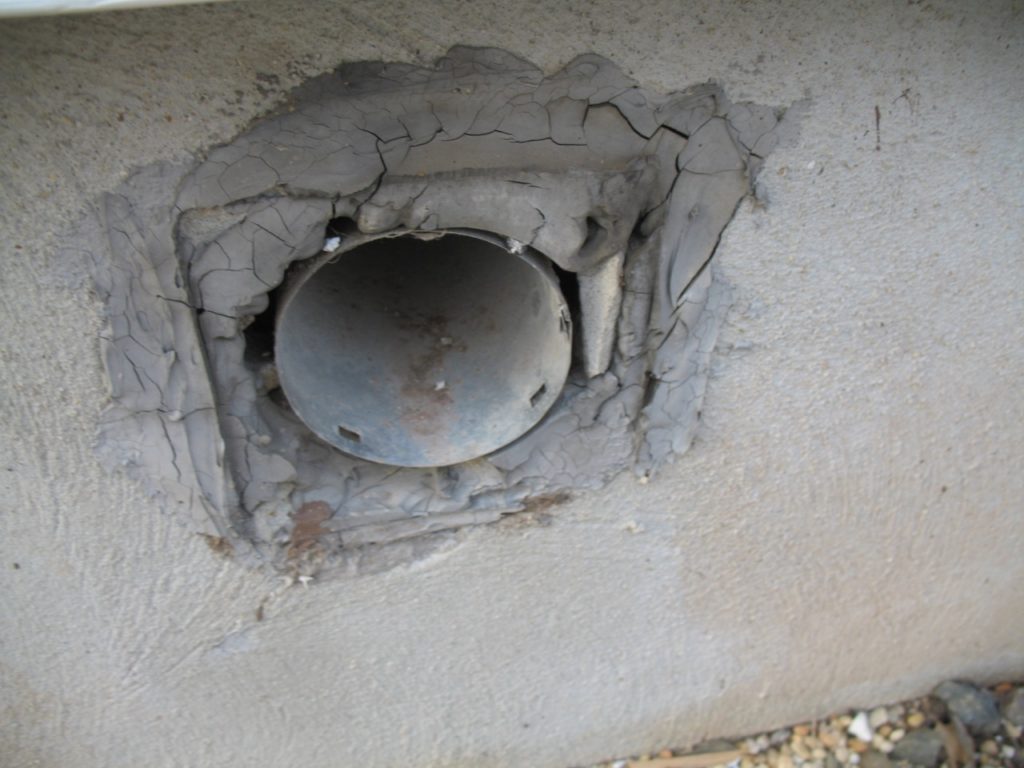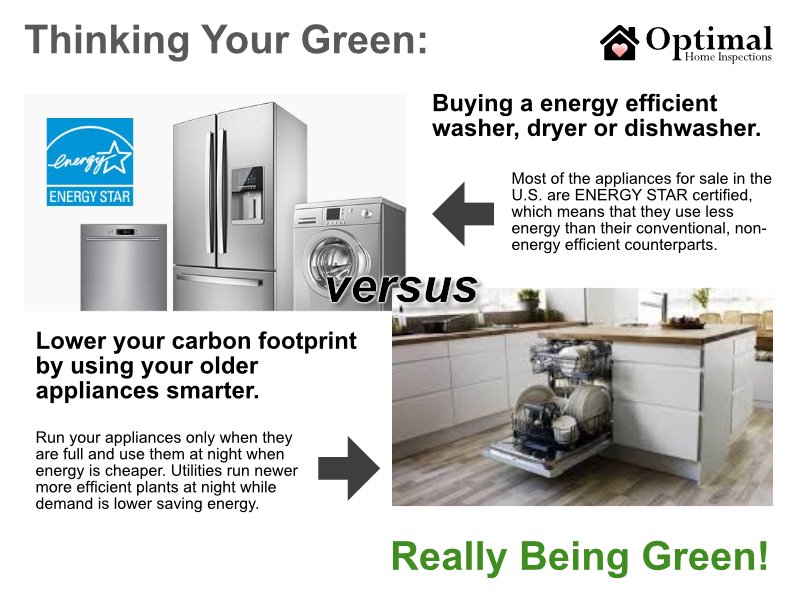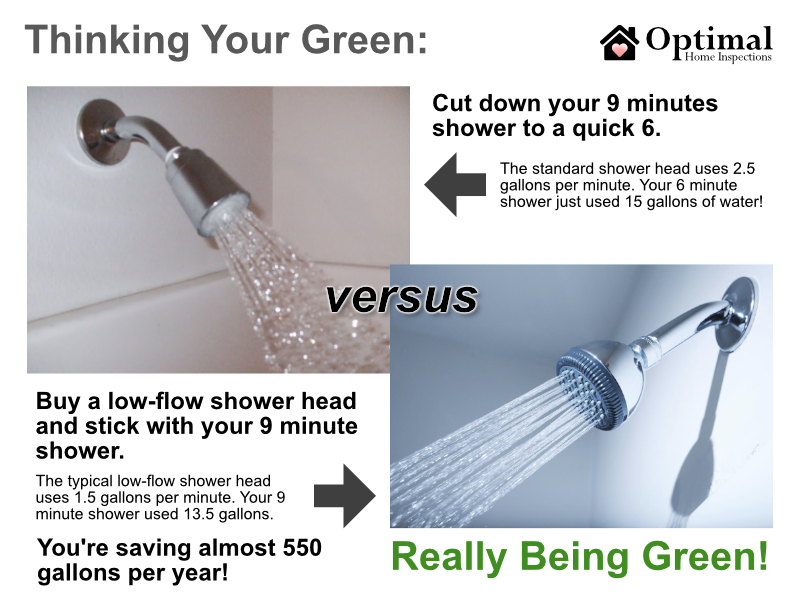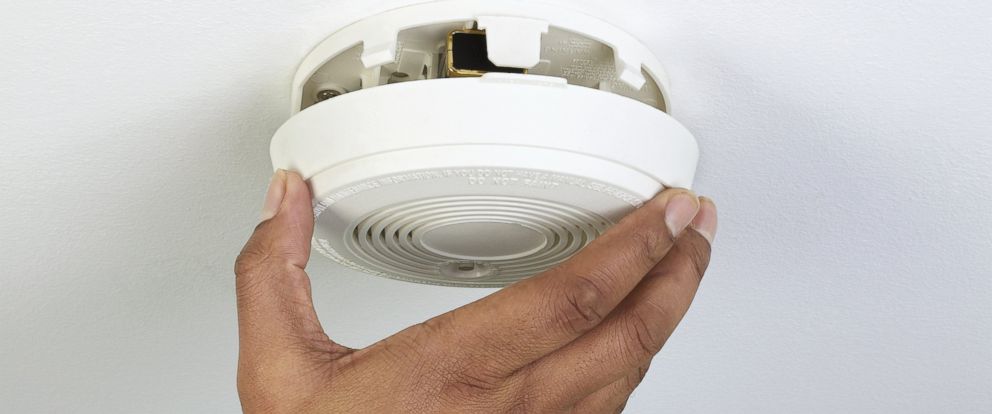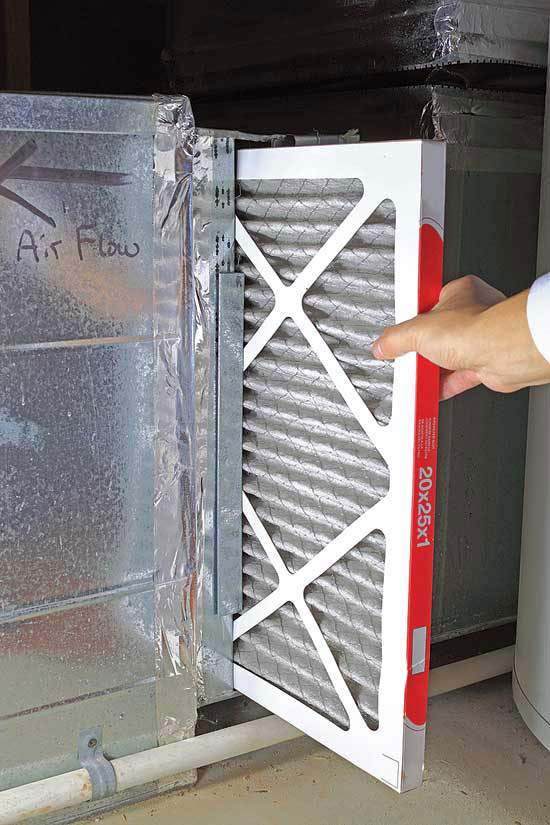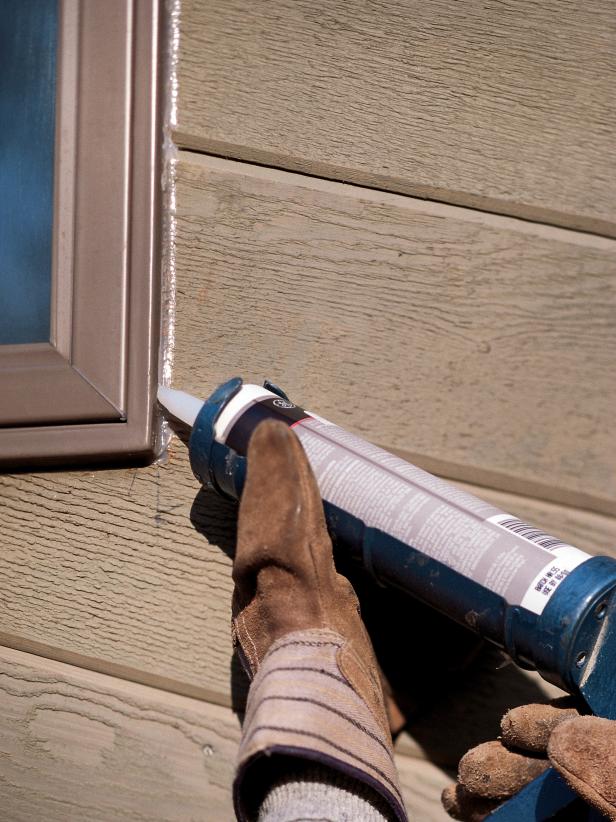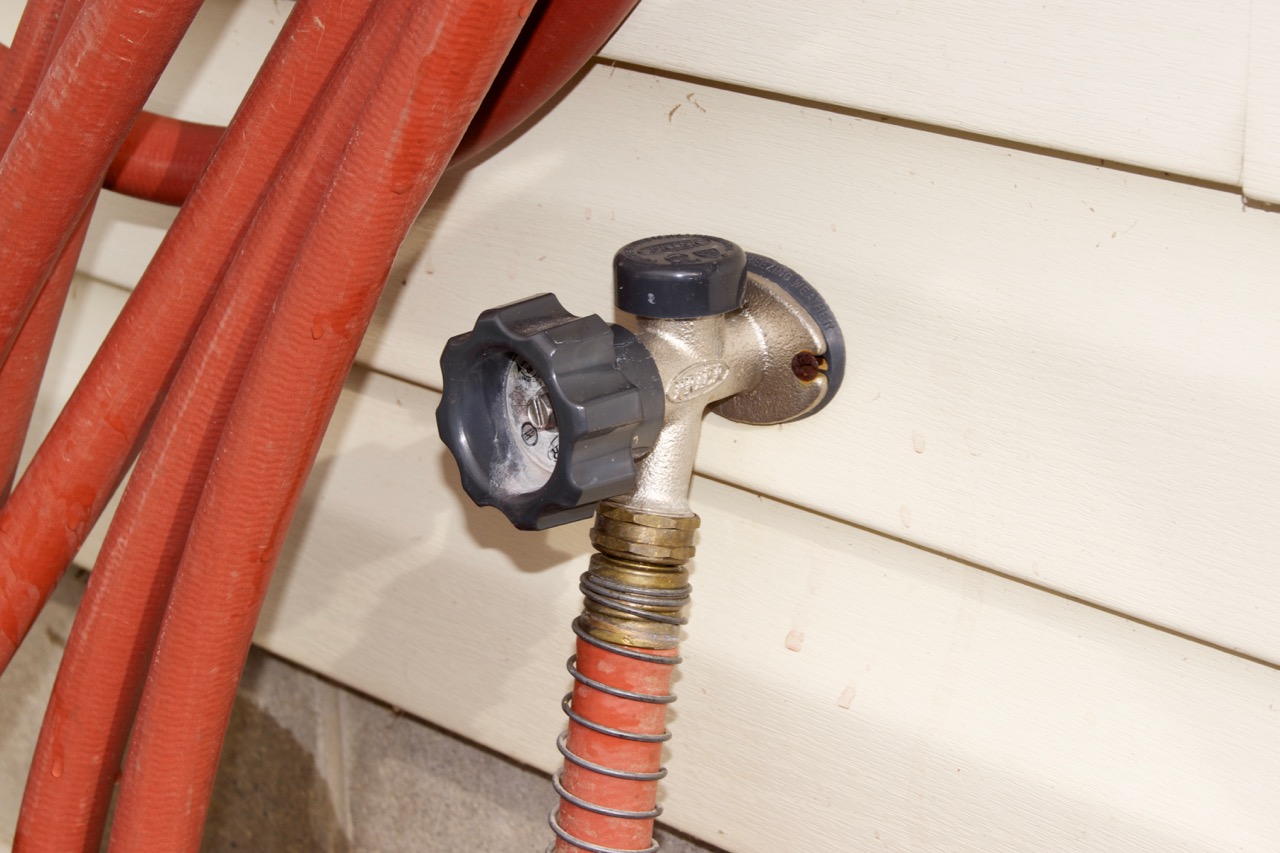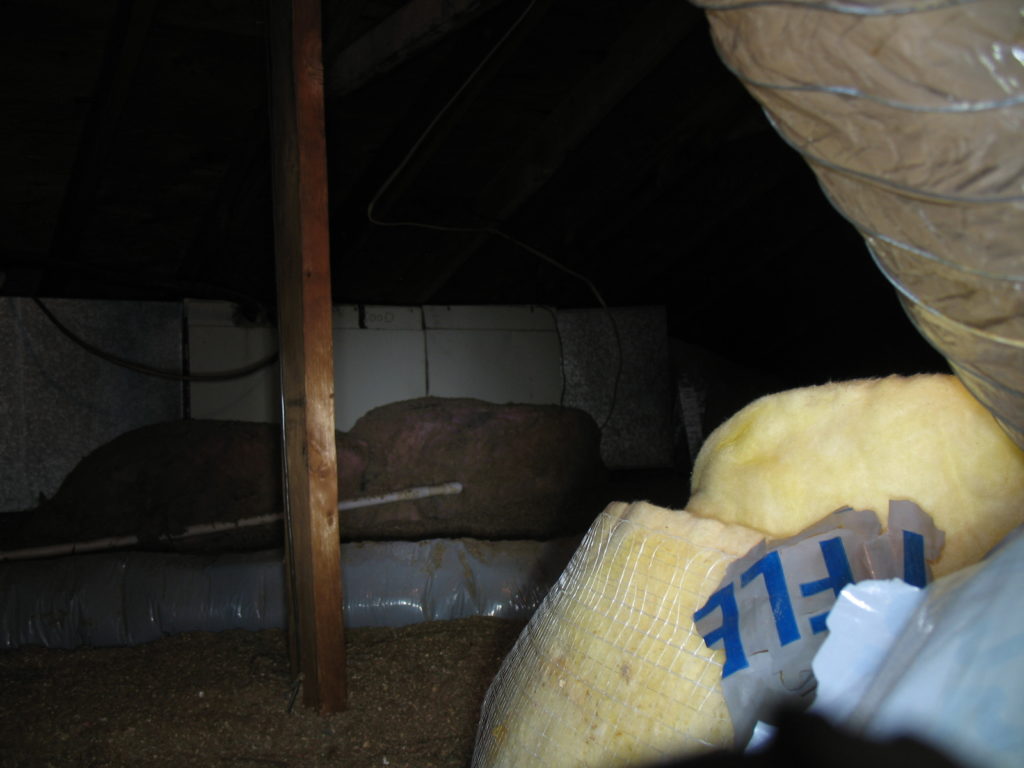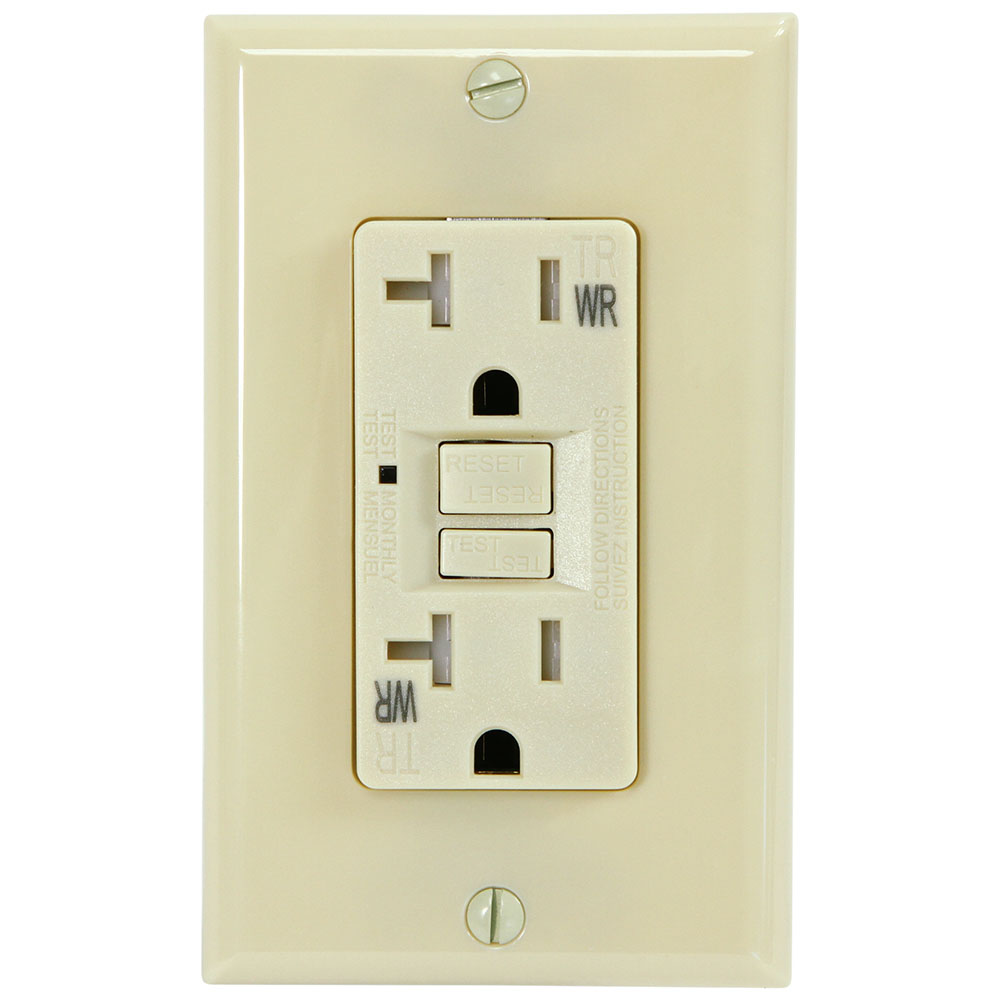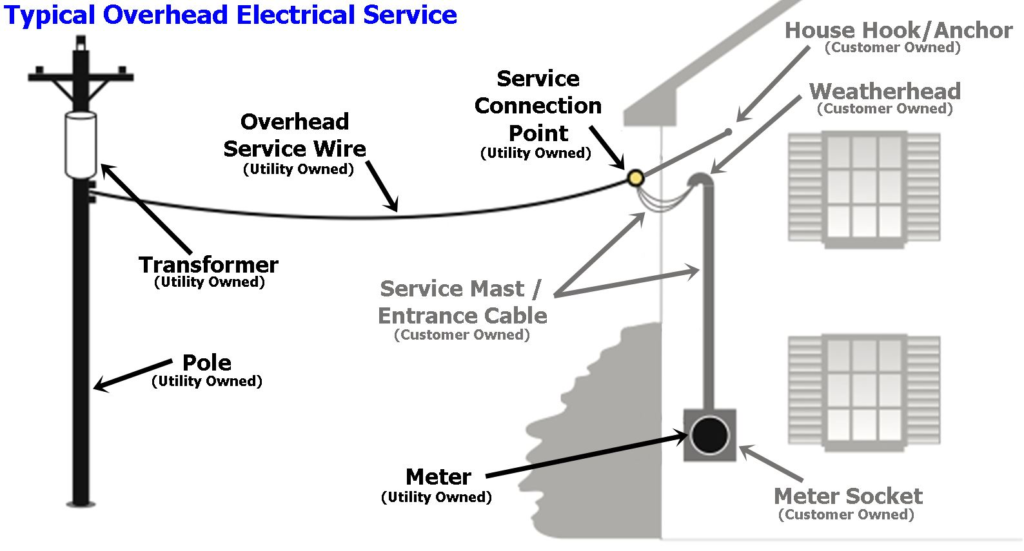Here are the five things your dryer is letting you know it’s time to clean the dryer vent. BTW, according to the National Fire Protection Association, 5% of all house fire are caused by dryers and washing machine, and of the total — dryers accounts for 92%.
If you don’t have the tools, time, or inclination to do this yourself, we recommend you hire a qualified contractor to take care of this for you. There are many companies that specialize in dryer vent cleaning.
